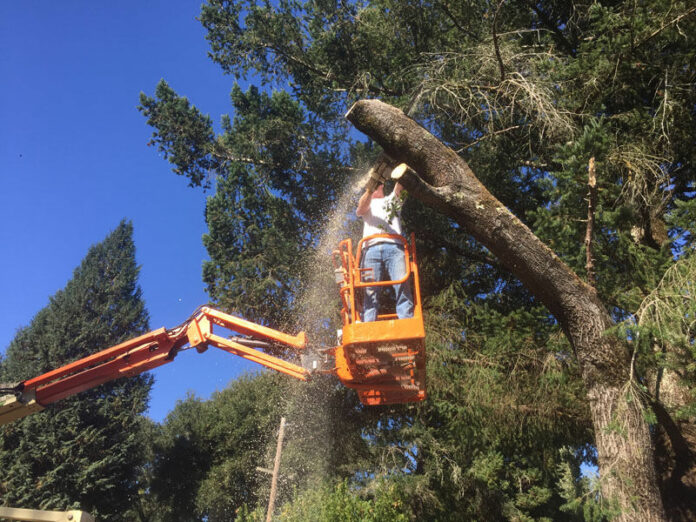Alert drills, forest cleanups, new neighborhood programs being organized
Even as county leaders, the construction industry and public safety officials begin to rebuild from the October 2017 wildfires, other planning and preparations also are underway for “the fire next time.”
Noting that neighboring Lake County has had major wildfires over the past three years, county supervisor James Gore this week said “we absolutely must get our communities prepared.”
Testing a more expansive “red flag” disaster alert system, organizing new neighborhood preparedness teams, funding a series of “healthy forest” actions and opening a series of “resiliency centers,” are all being targeted at the next likely natural disaster.
“We can do the best-possible alert system, but if the public isn’t prepared and knows what to do, it won’t (be effective,)” said Gore.
The last time the Tubbs, Nunns and Pocket fires bore down on north Santa Rosa, Kenwood, the hills east of Cloverdale and Geyserville and parts of Sonoma Valley. The next fires could strike equally vulnerable locations like Chalk Hill, Cloverdale’s Palomino Lakes, the redwood forests of western Sonoma County or the hills above Dry Creek and Alexander valleys, Gore warned.
“As much as we want to keep focusing on recovery, my other biggest concern is looking at these places that have exactly the same conditions (of the October wildfires,)” said Gore.
Fellow county supervisor Lynda Hopkins last week outlined a series of proposed programs under a “healthy forest” initiative she hopes will win $10 million in federal support.
Funds would support trained staff to work with private landowners to remove brush and tinder from beetle and Sudden Oak impacts. A chipper loaner program, assistance to mark emergency access and clear defensible space also would be supported.
This week, Gore and Geyserville Fire Chief Marshall Turbeville presented the county supervisors with a pilot $60,000 proposal to support local firefighters for added emergency response while providing resources and leadership to develop community preparedness. The plan includes hosting public meetings, assisting with private land management against fire dangers and develop longer range wildland fuel management programs.
There has been lots of criticism over the ineffective alert system used during the October fires where some evacuees had just minutes to escape. The only broadcast alerts went out over two “opt-in” programs (SoCo Alerts and Nixel) while an Amber Alert type model was not used.
Making highly critical comments about county emergency services leadership, Gore said the county is now fully ready to do “appropriate alerts.
“We learned with California OES that you can not over-alert, when done properly,” said Gore. He said a test of the county’s Wireless Emergency Alert (WEA) system will be tested in late spring or early summer.
“We’re ready to send the appropriate alert whether it’s a flood, fire or earthquake the next time.”
Hopkins agreed the county’s alert system must be upgraded. “But ultimately, the best plan is a neighbor-to-neighbor response. We all need to reach out to friends and neighborhoods and make better community connections,” she said. “The government can’t do that for you.”
The Geyserville plan will include making community rosters to identify more vulnerable residents, update other contact information, develop local notification signage and systems, conduct fire department disaster drills and maintain lists of available resources such as generators, food, potable water, water tenders and fuel.
Both of the county supervisors acknowledged that the days of a few months of annual fire season are over. Northern California’s wildfire alert season is now a year-round event.









